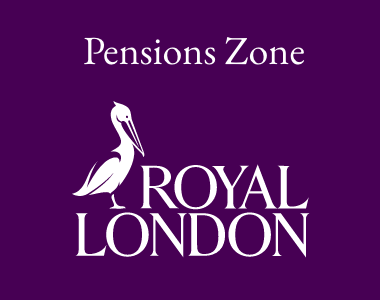In Seneca Partners’ last contribution to Professional Paraplanner, Peter Steele, head of Client Relations at Seneca Partners focussed on the relevance and importance of Exit Track records amongst VCT and EIS product providers; based on a recurring theme when talking to many IFA firms.
Another aspect which is not always readily appreciated is the part played by Business Relief in IHT planning and particularly the different options open to investors.
In this article, Peter Steele looks to shine some light on a few regular misconceptions.
Business Relief (BR) is a long-established tax relief afforded to shareholders in a private trading business – essentially designed so that in the event of death, the business does not have to be broken up or sold in order to deal with an IHT liability of the deceased. For the purposes of ‘private’ this also includes companies quoted on the AIM market.
There are a multitude of strategies involved in dealing with potential future IHT liabilities and historically these have regularly involved the use of Trusts and Life policies – both of which can be expensive to arrange, manage and can also take time to become effective. This is not always ideal for older generations irrespective of anticipated life expectancy. In recent years, BR strategies largely through the speed at which they take effect (two years) and their comparatively modest cost have become the ‘go to’ solution for many.
Broadly speaking there are two mainstream products – AIM and non-AIM – which are often used combining elements of both.
AIM IHT products
Used in roughly half of IHT planning strategies, these products involve buying shares in AIM quoted companies. Usually, this attracts investors who are comfortable with exposure to the AIM and see growth upside, as well as obtaining BR qualification after two years of holding these shares as the primary driver for their investment. The universe of AIM quoted companies is relatively fixed and whilst different managers will hold different baskets of shares, AIM IHT products are often very similar in composition.
Of course, investors will need to be comfortable with potential market volatility and take a long- term view of the market rather than become stressed if the value of their initial investment capital falls or fluctuates.
Non AIM IHT products
Where investors prefer to avoid potential volatility and see preservation of capital as their foremost investment criteria, there are many non-AIM offerings in the market at a similar cost. This usually involves asset backed lending to trading businesses e.g. social housing, infrastructure, healthcare, energy, and leasing. By holding tangible security in support of these lending contracts, investors take comfort from this protection. Assuming the quality of the loans and security are of sufficient strength, then it is usual to see original capital invested remain intact and show moderate annual growth of circa 4%.
In other words, a generally more conservative approach to IHT than AIM IHT products. Indeed, some non-AIM IHT products offer investors the option of watching their capital attract annual growth or to draw regular income whilst maintaining BR qualification for the original sum invested. This is very attractive to those who may have long term care costs in their minds or who wish to provide for dependants during their lifetime and watch their legacy being enjoyed.
Not losing control of capital whilst qualifying for IHT relief using BR and having the ability to withdraw at relatively short notice is an attractive feature of BR strategies.
AIM EIS products
These are relatively rare in the market but potentially very powerful and worth seeking out. Combining initial tax relief of 30% plus CGT deferral offers a very real option to AIM IHT products. For those who have exited a business, sold a buy to let property or retired with a lump sum, obtaining 30% initial tax relief and deferring any gain becomes compelling. The roster of qualifying companies under EIS is smaller than those within an AIM IHT product, but the favourable tax treatments do offer significant compensation.
Non AIM EIS products
These offer the same EIS tax reliefs as referred to above, but the underlying investments will reside only in privately held companies. These are often earlier stage businesses and will rank at the very high end of the risk scale from an IHT planning perspective. It would be highly unusual for an investor whose main objective is IHT protection to consider a non-AIM EIS option.
Without doubt, BR offers very clear and beneficial options in IHT planning and might well be best used in combination – whether that be AIM IHT or non-AIM IHT or AIM EIS portfolios. To then add a further filter which combines annual growth or regular income, whilst also benefitting from BR qualification puts BR up front and central in any IHT planning situation.



























